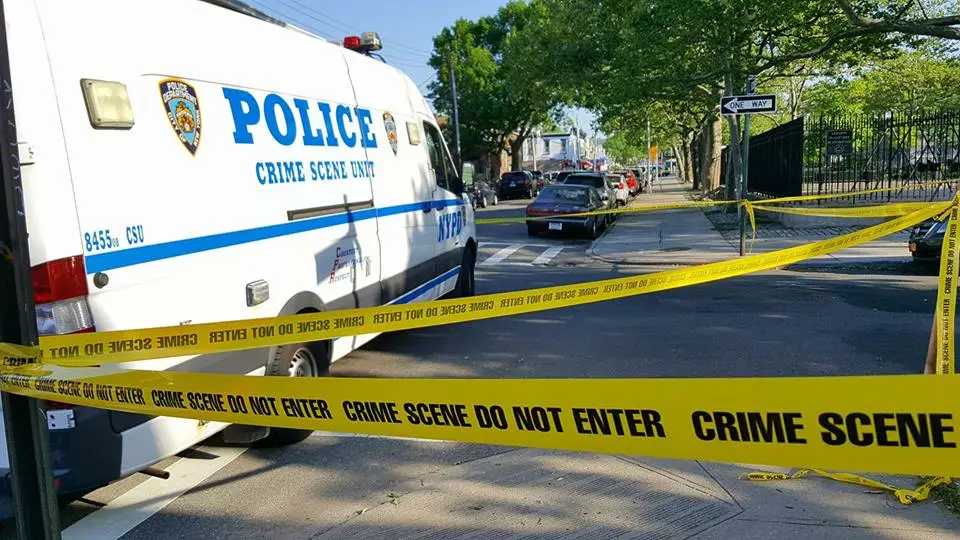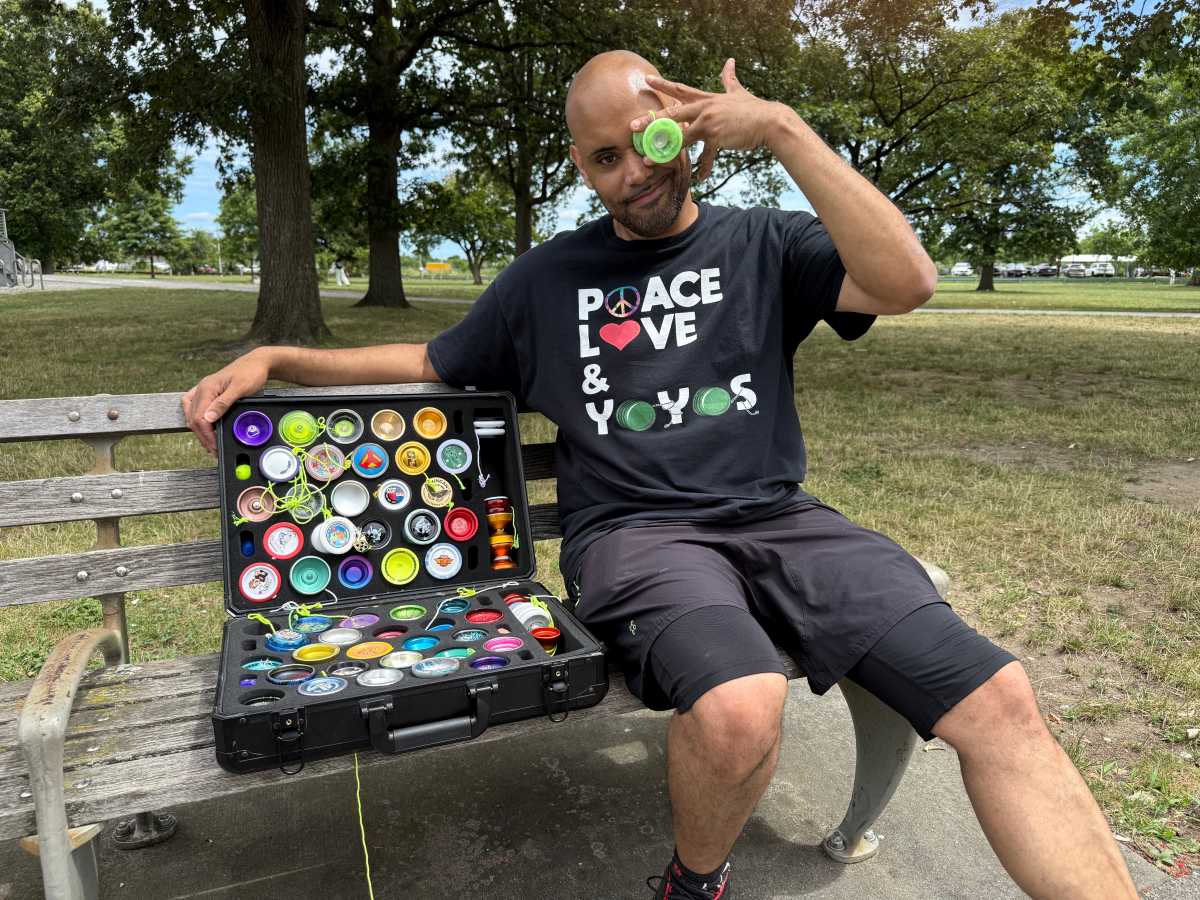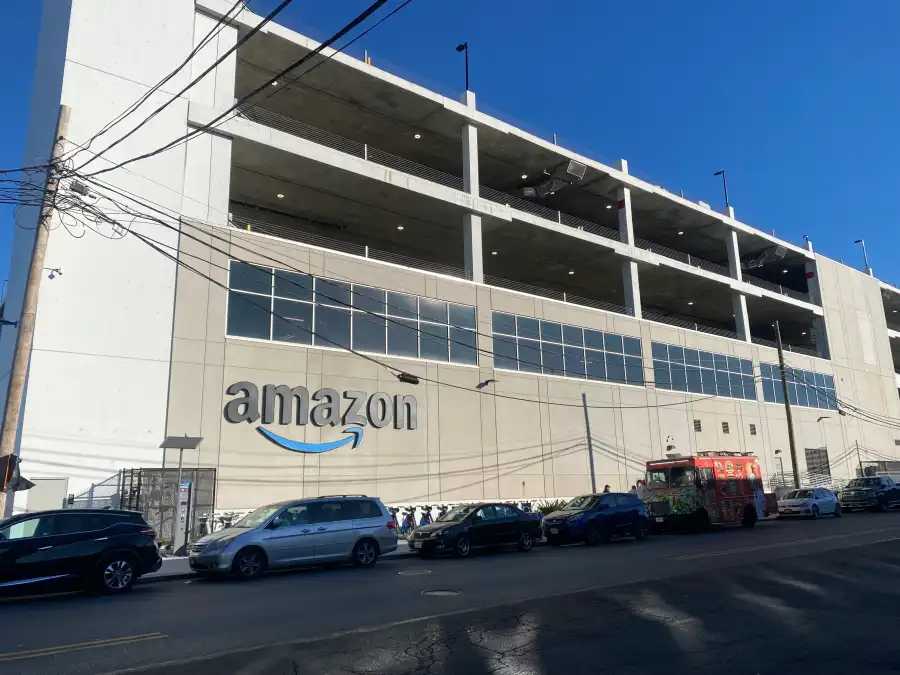By Julie Shapiro
Tenants of Knickerbocker Village declared final victory last week after an appellate court ruled unanimously that the property will stay in its affordable housing program.
Reaffirming a previous ruling, the Appellate Division of the New York State Supreme Court decided Oct. 30 that the 12 buildings between Monroe and Catherine Sts., with 1,590 apartments, would stay under a limited-dividend program to keep rents affordable.
“This is a slam dunk,” said Bob Wilson, 67, a longtime tenant and former co-chairperson of the Tenants Association. “That is about as strong an affirmation that you could ask for.”
The owners of Knickerbocker Village had been trying for five years to privatize the property, which is the last remaining building in Manhattan under a 1926 affordable housing law.
But according to the Appellate Division ruling, the 1934 apartment complex must stay in the hands of either the city or another limited-dividend company.
The decision, Wilson said, “ensures that anybody currently living here, anytime in their lifetime, will never have to worry about affordable housing.”
The complex is under a low-income housing program called Article IV, which predates Mitchell-Lama and does not include a provision to leave the program. New tenants are limited in their income, and if current tenants exceed that limit — seven times the yearly rent of the apartment — they must pay extra rent in proportion to their income.
For many tenants, the court decision makes the difference between staying in the building and having to leave.
“If it ever did go rent stabilized, then to market value, I could not afford to live there,” said Richard Cancel, a member of the Tenants Association who has lived in Knickerbocker for 32 years. “I love to live in Manhattan.”
Cancel, 55, pays $926 a month for his two-bedroom apartment.
What Cancel and other tenants are concerned about now is how the recent sale of Knickerbocker Village will affect their future. On Oct. 11, a holding company called KVI Mezz Corp. bought Knickerbocker Village from Cherry Green Management Co. for $150 million, according to the N.Y.C. Department of Finance. KVI is part of Apollo Real Estate Advisors, an international firm that also owns the Time Warner Center.
Vincent Callagy, general manager of Knickerbocker Village, declined to comment. Apollo’s spokesperson and Cherry Green’s attorneys did not return calls.
If the owners of Knickerbocker Village want to appeal the recent ruling, they have 30 days to take it to the Court of Appeals in Albany, said Jacques Rose, attorney for the tenants. However, New York’s highest court chooses which cases to hear, and only selects 7 to 10 percent of all civil cases.
Some tenants expect that the next step, if there are no more appeals, will be for the building to go co-op. Tenants would be able to buy their apartments for well below market value, an option that Article IV does not forbid. But tenants who have researched the precedents think there likely will be an opt-out provision for tenants who couldn’t afford the insider price if Apollo takes that step. The change would have to be approved by the state Division of Housing and Community Renewal, and it would probably be difficult politically to evict longtime tenants.
No matter the future, tenants are now focusing on the present victory.
“I was delirious with joy,” said Lisa Wolf, 62, a 15-year resident and member of the Tenants Association steering committee.
“It would be a terrible, terrible thing if we couldn’t keep Knickerbocker Village affordable,” Wolf said. “It would be a blow for human rights and it would be a victory for greed.”
Wolf’s one-bedroom apartment, “a stone’s throw from the river,” rents in the $700 range, she said.
Working-class people used to be able to live in New York City, Wolf said, but now it’s hard even for families with two incomes.
“New York should be for everyone,” Wolf said. “It’s becoming very, very affluent. We think that’s wrong. We may not succeed, but we’ll try our damnedest to put up a fight.”
The Knickerbocker Village saga started more than five years ago, when Cherry Green announced its intention to privatize the property and move to Rent Stabilization, which would have meant steep rent increases for tenants.
Under Gov. Pataki, the housing division sided with the owners, so tenants collected money for legal fees and brought the case to the New York State Supreme Court. Last year, Judge Walter Tolub issued a strong 11-page decision in favor of the tenants. Tenants expected D.H.C.R. to stick with the landlord for the appeal, but soon after Gov. Spitzer took office, they got word that the agency would not join the appeal.
A D.H.C.R. representative did not return a call for comment.
Cherry Green continued pursuing the case anyway and appealed to the Appellate Division, which heard the case early last month. Several days after the hearing, while awaiting the court’s decision, Cherry Green sold the property to Apollo — signifying Cherry Green’s certainty that the appeal would fail, a tenant said.
Rose, the tenants’ lawyer, was not surprised by his win.
“I think the statute was pretty clear,” he said. “It’s good that they saved a lot of affordable housing.”
Rose strengthened his argument in court by citing a 1962 case, in which the owners of Knickerbocker Village asked that their taxes be lowered since they could never privatize or deregulate the building. Essentially, the owners admitted 45 years ago that they were bound to the very restriction that the current litigants hoped to evade.
“We turned the tables on him,” Rose said.
Legal costs as of Oct. 1 totaled $143,679.50, an amount raised entirely from tenant donations.
Stuart Lawrence, staff attorney at Housing Conservation Coordinators, Inc., believes the case has significance beyond this one complex.
“It’s a win for tenants in a program that was one of the first projects built under New York State’s first affordable housing program,” Lawrence said.
That program was Gov. Al Smith’s 1926 New York State Housing Law, legislation that was later incorporated into the Private Housing Finance Law when Mitchell-Lama was enacted in the 1960s. Smith, the first Catholic to be nominated for president by a major party, grew up near the Knickerbocker site on the Lower East Side, where he came to political prominence.
“It’s a model that envisioned permanent affordability then,” Lawrence said of the Article IV law, “and it’s amazingly still a permanently affordable housing resource.”
Knickerbocker Village represents the type of affordable housing that Lawrence wants to see more of, not less of, in New York.
“It’s a lesson for advocates that permanent affordability is a realistic goal,” Lawrence said. “Certainly if it could be achieved in the 1920s, we shouldn’t be settling for 15-, 20-, 30-year affordability guarantees.”
Julie@DowntownExpress.com































